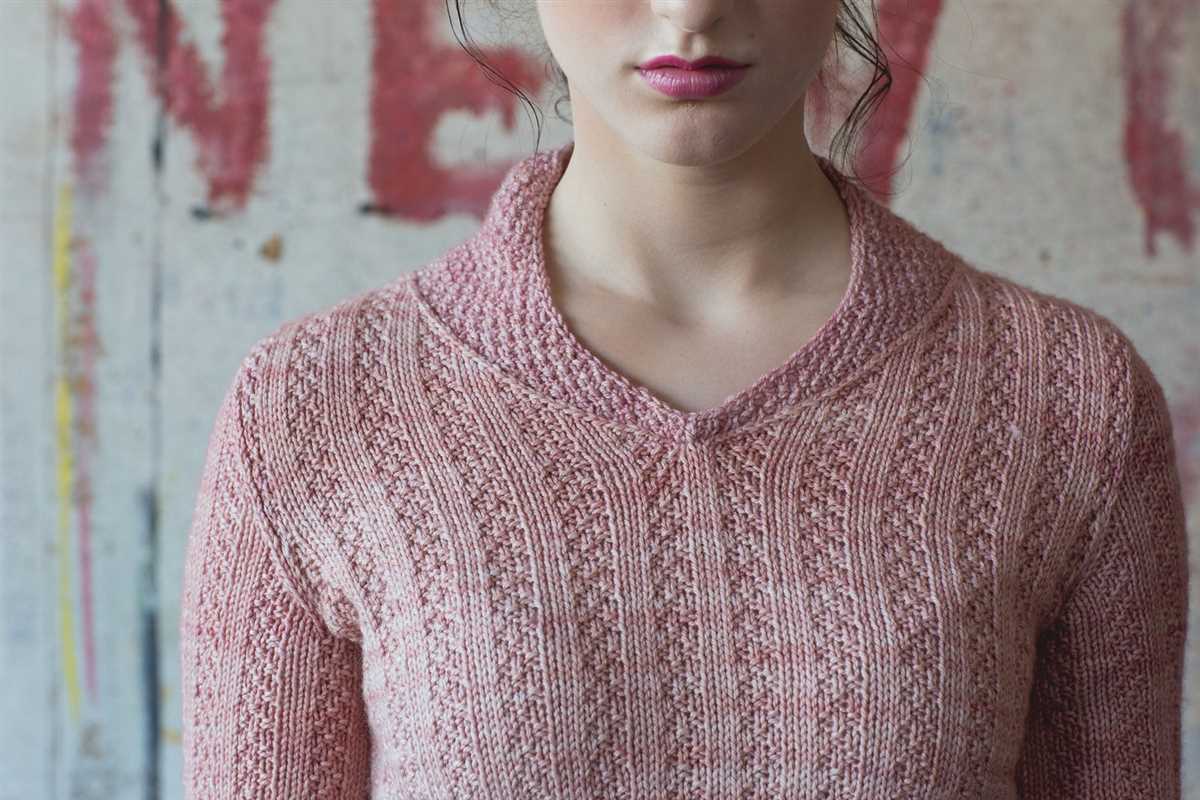
Are you a ballet lover? Have you always wanted to create your own ballet-inspired clothing? Look no further! We have a free knitting pattern for a beautiful ballet cardigan that is perfect for both dancers and fashion enthusiasts alike.
This ballet cardigan is designed to be lightweight and stretchy, making it ideal for dancers who need freedom of movement during rehearsals and performances. The pattern uses a combination of garter stitch and ribbing to create a flattering fit that will highlight your graceful movements.
Not only is this cardigan suitable for dancers, but it is also a stylish addition to any wardrobe. The classic design can be dressed up or down depending on the occasion, making it versatile and timeless. Whether you pair it with a leotard and tutu or jeans and a t-shirt, this cardigan is sure to add a touch of elegance to any outfit.
So, grab your knitting needles and get ready to create your very own ballet-inspired cardigan. With our free knitting pattern and your creativity, you’ll be twirling and dancing in style in no time!
How to Knit a Free Ballet Cardigan
Knitting a ballet cardigan can be a fun and rewarding project for any knitting enthusiast. With a free knitting pattern, you can create a beautiful and comfortable cardigan that is perfect for ballet class or everyday wear. Whether you are an experienced knitter or just starting out, this guide will walk you through the steps to create your very own ballet cardigan.
Select the Right Yarn and Needles: Before you start knitting, it is important to choose the right yarn and needles for your project. For a ballet cardigan, you will want a lightweight yarn that is soft and comfortable against the skin. Look for a yarn that has good drape and is easy to work with. As for needles, choose a size that will give you the desired gauge and fabric texture.
Cast On and Start the Ribbing: Once you have your yarn and needles ready, it’s time to cast on and start the ribbing. The ribbing will give your cardigan a nice stretchy edge and help it stay in place. Follow the instructions from the knitting pattern to cast on the required number of stitches, and then begin working the ribbing in the specified stitch pattern. This is usually done in a combination of knit and purl stitches.
Work the Body and Sleeves: After completing the ribbing, you will move on to the body and sleeves of the cardigan. The body is typically worked in stockinette stitch, which creates a smooth and even surface. Pay attention to any shaping instructions, such as increases or decreases, to ensure a proper fit. The sleeves are usually worked separately and then attached to the body using a method specified in the pattern.
Add the Finishing Touches: Once you have completed the main parts of the cardigan, it’s time to add the finishing touches. This may include working a button band, sewing on buttons, or creating a decorative edging. Follow the pattern instructions carefully to achieve the desired look. Finally, weave in any loose ends and give your cardigan a gentle blocking to even out the stitches and make it look polished.
With these steps, you can knit a beautiful ballet cardigan using a free knitting pattern. Whether you are making it for yourself or as a gift, this cardigan will surely be a cherished and versatile addition to any wardrobe.
Materials You Will Need for Your Ballet Cardigan
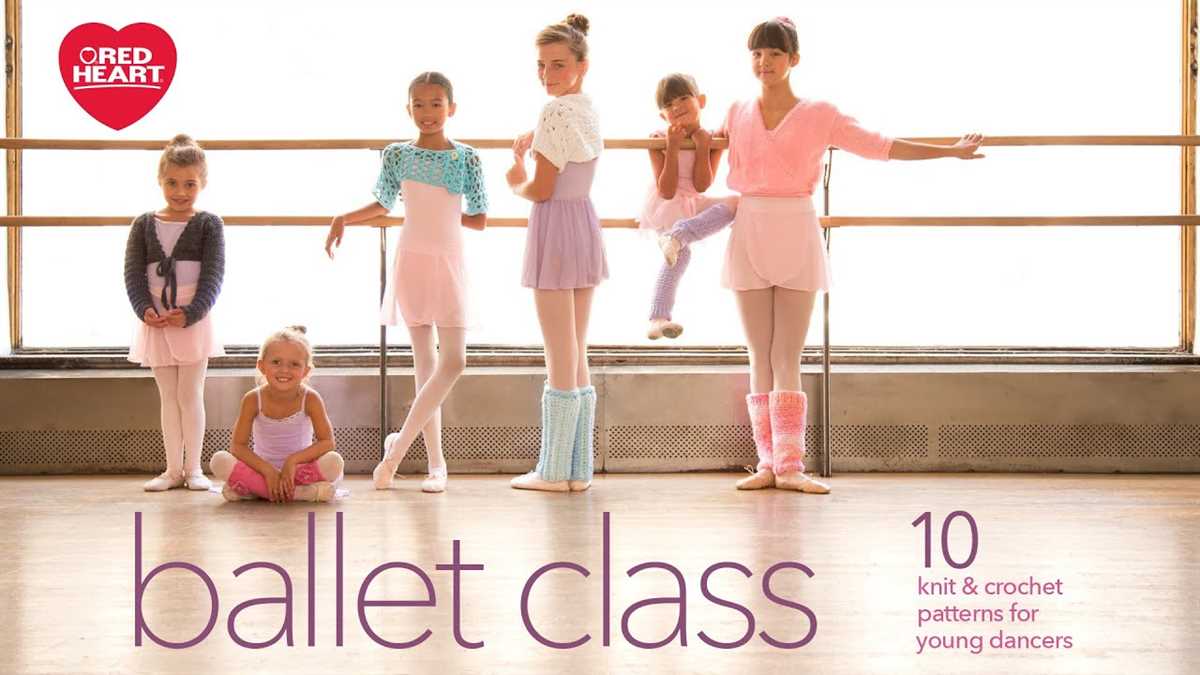
Knitting your own ballet cardigan can be a fun and rewarding project. To get started, you will need a few essential materials. Here is a list of what you will need:
1. Yarn
The most important material for knitting your ballet cardigan is the yarn. Choose a soft and lightweight yarn in your favorite color. Make sure to check the recommended gauge for the pattern and choose a yarn that matches it. This will ensure that your cardigan turns out the right size.
2. Knitting Needles
You will need a pair of knitting needles in the appropriate size for your yarn. The size will typically be indicated in the knitting pattern. Make sure your needles are the right length for the project, as longer needles may be more comfortable when working on larger sections of the cardigan.
3. Stitch Markers
Stitch markers are useful for keeping track of certain sections or stitches in your knitting. They can be especially helpful when working on complex patterns or lace designs. You can use removable stitch markers or even safety pins as an alternative.
4. Scissors
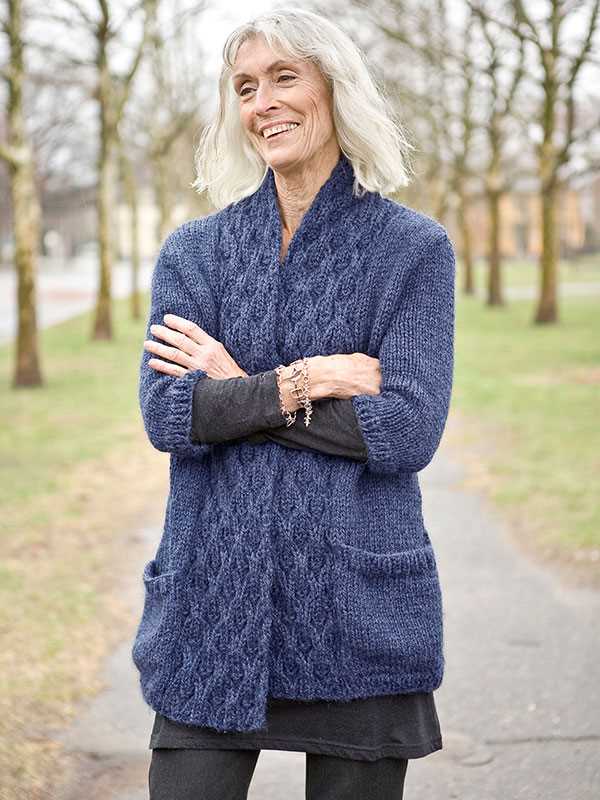
A good pair of scissors is essential for any knitting project. You will need them for cutting the yarn and for any necessary trimming or shaping. Choose a pair of sharp scissors that are comfortable to hold.
5. Measuring Tape
A measuring tape is an important tool for ensuring the correct fit of your ballet cardigan. Use it to measure your body or the body of the person you are knitting for, as well as to check the dimensions of your cardigan as you progress.
6. Yarn Needle
A yarn needle, also known as a tapestry needle, is used for weaving in loose ends and sewing pieces of your cardigan together. Choose a needle with a large eye that is suitable for your yarn.
These are the main materials you will need to start knitting your ballet cardigan. With these supplies in hand, you’ll be on your way to creating a beautiful and cozy garment that will be perfect for dance class or casual wear. Happy knitting!
Choosing the Right Yarn for Your Ballet Cardigan
When it comes to knitting a ballet cardigan, choosing the right yarn is essential to create a garment that is not only comfortable but also has the right drape and stitch definition. With so many different yarn options available, it can be overwhelming to know which one to choose. Here are some factors to consider when selecting yarn for your ballet cardigan.
Fiber Content:
The first thing to consider when choosing yarn for your ballet cardigan is the fiber content. While wool is a popular choice for its warmth and elasticity, you may also consider other options such as cotton or bamboo for a lightweight and breathable cardigan. Additionally, the fiber content can also affect the drape and stitch definition of the finished garment, so it’s important to choose a yarn that will give you the desired result.
Weight:
The weight of the yarn is another important factor to consider. Ballet cardigans are typically worn as a layering piece, so you’ll want to choose a yarn that is lightweight and easy to wear. A fingering or sport weight yarn is ideal for creating a cardigan that is not too bulky or heavy. However, if you prefer a thicker cardigan, you can opt for a worsted weight yarn. Just keep in mind that the weight of the yarn will also affect the overall look and feel of the finished garment.
Color:
The color choice is a personal preference that can greatly impact the overall look of your ballet cardigan. For a classic and versatile cardigan, neutral colors such as black, gray, or cream are always a safe bet. However, don’t be afraid to choose a bold or vibrant color to make a statement with your knitted garment. Ultimately, the color you choose should reflect your personal style and complement your wardrobe.
Texture:
Lastly, consider the texture of the yarn when selecting one for your ballet cardigan. A smooth and even yarn will give your cardigan a polished and refined look, while a yarn with a slight texture can add visual interest to your garment. Experiment with different yarns to see which texture works best for your desired style and overall look.
Overall, choosing the right yarn for your ballet cardigan is a crucial step in creating a garment that you will love to wear. Consider the fiber content, weight, color, and texture of the yarn to ensure that you end up with a cardigan that is not only beautiful but also fits your needs and preferences.
Step-by-Step Instructions for Knitting Your Ballet Cardigan
Knitting your own ballet cardigan can be a rewarding project that allows you to customize the fit and style to your preferences. Whether you are a beginner or an experienced knitter, following these step-by-step instructions will guide you in creating a beautiful and functional garment.
Materials:
- Yarn: Choose a soft and stretchy yarn in the weight and color of your choice.
- Knitting needles: Select needles that are appropriate for the yarn weight you have chosen. Typically, a size 7 (4.5mm) or 8 (5mm) needle works well.
- Tape measure or ruler: This will help you measure your gauge and ensure the correct sizing.
- Stitch markers: These are useful for marking the different sections of your cardigan.
- Scissors: You will need these for cutting yarn and weaving in ends.
- Tapestry needle: This needle is used for sewing in loose ends and seaming.
Step 1: Gauge Swatch
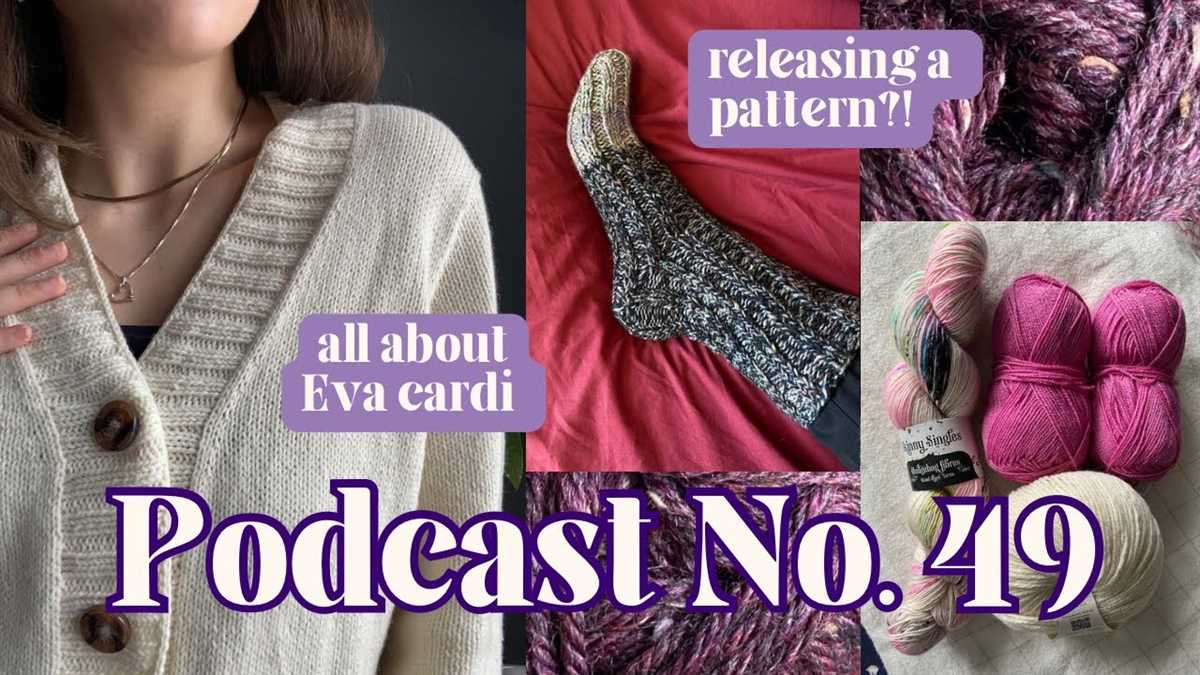
Before you start knitting your cardigan, it is important to knit a gauge swatch to ensure that your measurements are accurate. Using the recommended needle size, cast on about 30 stitches and work in your desired stitch pattern for a few inches. Measure your stitches per inch and compare it to the gauge specified in the pattern. If your gauge is too loose, try using a smaller needle size, and if it is too tight, use a larger needle size.
Step 2: Cast On
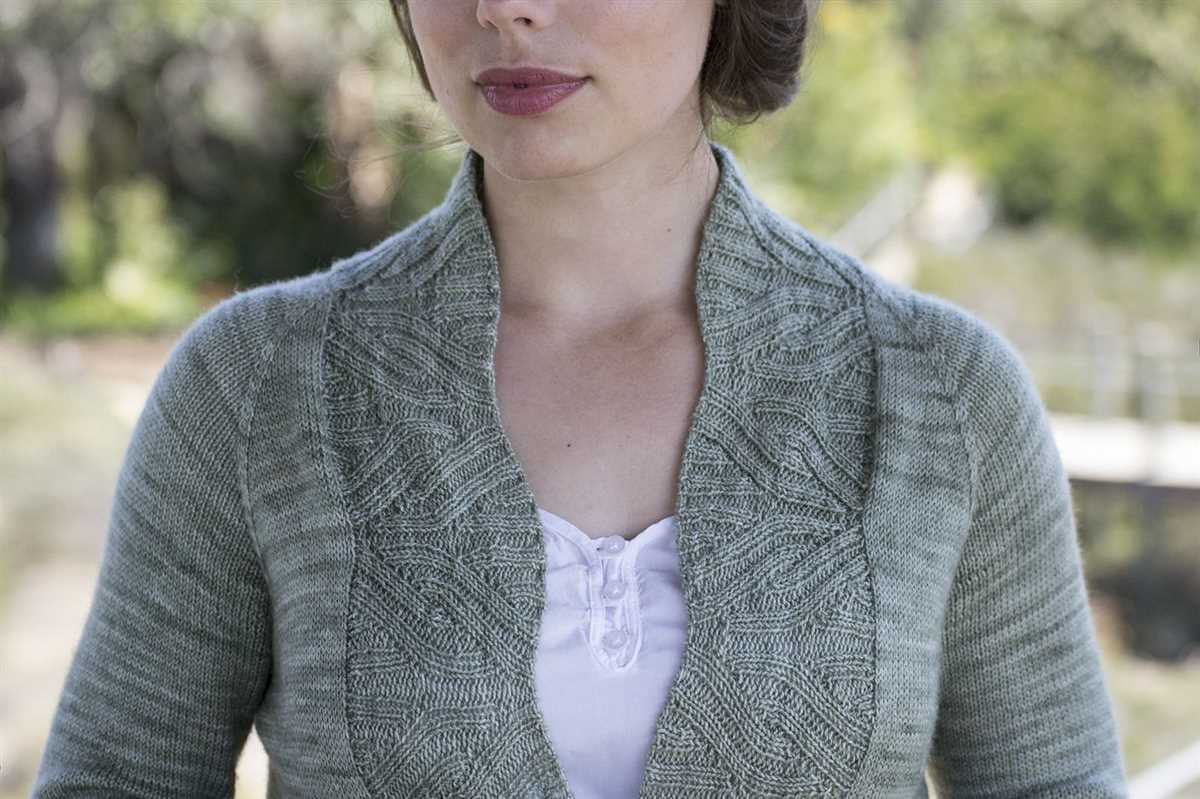
Once you have determined your gauge, you can begin casting on for your cardigan. Follow the pattern instructions for the appropriate size and stitch pattern. Make sure to place stitch markers as indicated to mark the different sections of your cardigan, such as the raglan increases, body, and sleeves.
Step 3: Knit the Body and Sleeves
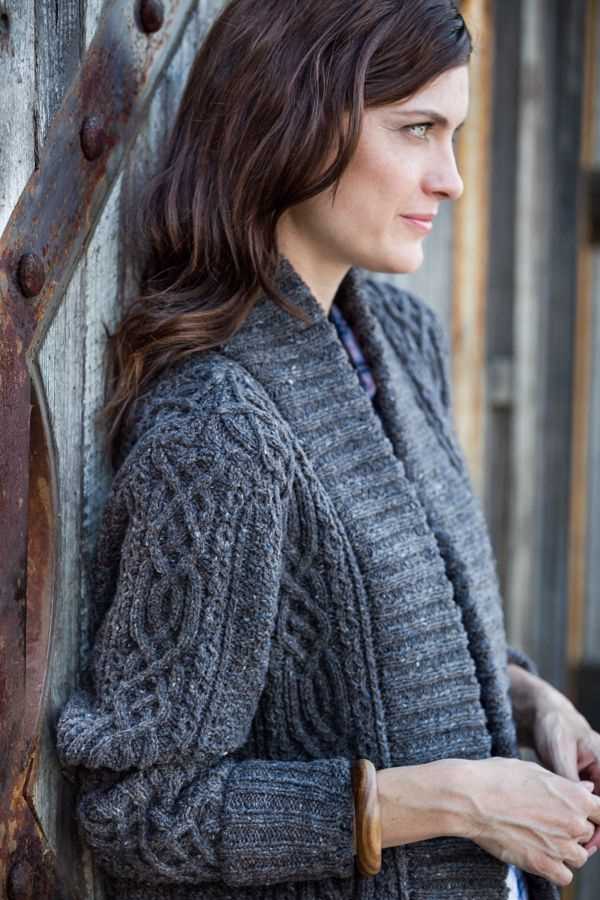
Work the body and sleeves of the cardigan according to the pattern instructions. Pay close attention to any shaping or stitch pattern changes. Keep track of your rows and mark any important measurements or sections with stitch markers to ensure accurate shaping.
Step 4: Raglan Increases
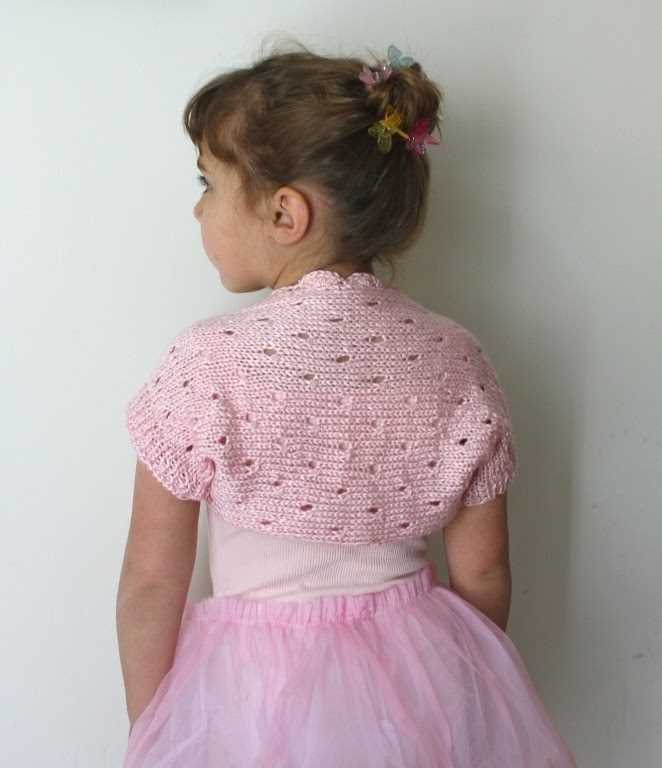
As you continue knitting the body and sleeves, you will need to work raglan increases to shape the shoulders. These increases create the diagonal lines that extend from the underarm to the neckline. Follow the pattern instructions for the specific increases and be sure to distribute them evenly on each row.
Step 5: Finishing
Once you have completed the body and sleeves, it’s time to finish your ballet cardigan. This may involve seaming the underarm sleeves, adding buttonholes and buttons, or working a ribbed trim. Follow the pattern instructions carefully to achieve the desired finish.
With these step-by-step instructions, you can confidently knit your own ballet cardigan. Take your time, refer to the pattern as needed, and enjoy the process of creating a beautiful and cozy garment for your dance practice or everyday wear.
Tips and Tricks for Knitting a Perfect Ballet Cardigan
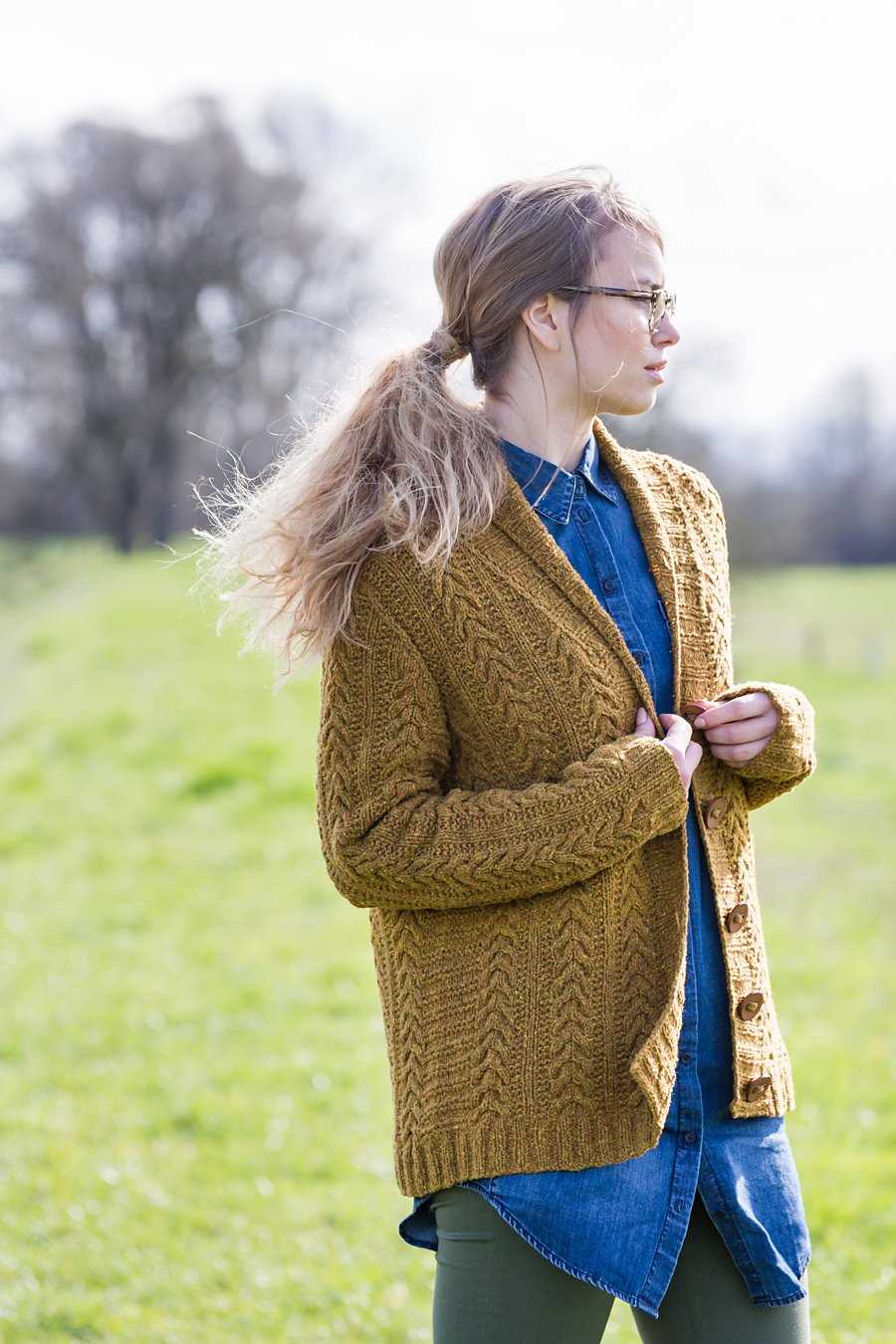
Knitting a ballet cardigan can be a fun and rewarding project for any knitter. Whether you are a beginner or an experienced knitter, there are a few tips and tricks that can help you create a perfect cardigan.
Choose the right yarn: When knitting a ballet cardigan, it is important to choose a yarn that is soft and lightweight. Opt for a yarn that has a good drape and is suitable for garments. Look for yarns that are specifically labeled as suitable for cardigans or sweaters.
Swatch and gauge: Before starting the project, make sure to swatch and check your gauge. This will help you determine the correct needle size and ensure that your cardigan will fit properly. Follow the instructions in the pattern for swatching and adjust your needle size if necessary.
Read and understand the pattern: Before you begin knitting, take the time to read through the entire pattern and make sure you understand all the instructions. Pay attention to any special techniques or stitches that may be required, and familiarize yourself with any abbreviations used in the pattern.
Take your time with shaping: Shaping is an important aspect of knitting a cardigan, especially for a ballet style. Follow the instructions for shaping the sleeves and neckline carefully, and take your time to ensure an even and professional-looking result. Use stitch markers to help keep track of your shaping.
Block your cardigan: Once you have finished knitting your ballet cardigan, it is important to block it to give it a polished and finished look. Follow the blocking instructions included in the pattern, and use pins or blocking wires to help shape the garment. Blocking will help even out your stitches and allow the cardigan to drape nicely when worn.
Add personal touches: While the pattern may provide instructions for a basic ballet cardigan, feel free to add personal touches to make it your own. Consider adding buttons, a lace trim, or even a contrasting color for the ribbing. Get creative and make your cardigan unique to your style.
With these tips and tricks in mind, you can confidently start knitting your ballet cardigan and create a beautiful and professional-looking garment. Enjoy the process and have fun customizing your cardigan to fit your personal style.
How to Customize Your Ballet Cardigan with Different Stitch Patterns
When knitting a ballet cardigan, one way to make it truly unique is by incorporating different stitch patterns. By using different stitches, you can add texture and visual interest to your cardigan, making it a one-of-a-kind piece. Here are some tips on how to customize your ballet cardigan with different stitch patterns:
1. Cable Stitch
One popular stitch pattern that can be used to customize your ballet cardigan is the cable stitch. Cable stitches create twisted rope-like designs that add a classic and elegant touch to any garment. You can incorporate cable stitches into the front panels, sleeves, or even the back of the cardigan to give it a stunning focal point.
2. Lace Stitch
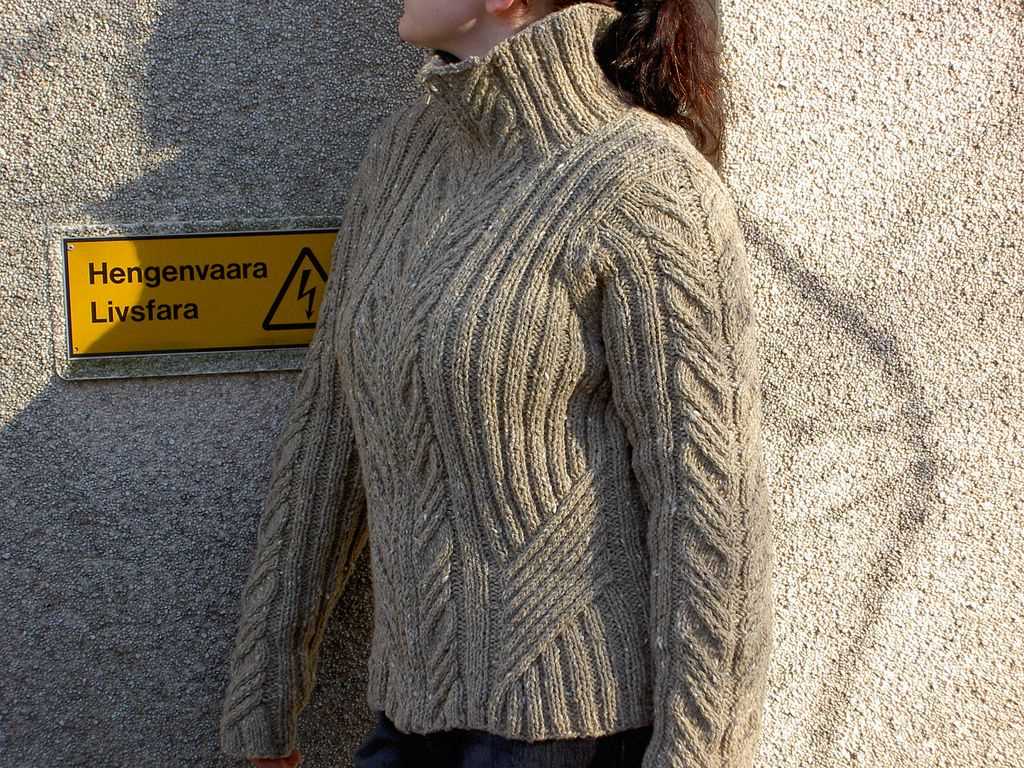
If you want to add a delicate and feminine touch to your ballet cardigan, consider using lace stitch patterns. Lace stitches create intricate and openwork designs that are perfect for adding a touch of elegance to your cardigan. You can use lace stitches for the entire cardigan or as smaller details, such as on the cuffs or collar.
3. Ribbing
Ribbing is a versatile stitch pattern that can add both structure and stretch to your ballet cardigan. By using ribbing, you can create a snug and flattering fit around the cuffs, hem, and neckline of your cardigan. Ribbing also adds a touch of texture and elegance to your garment.
4. Seed Stitch
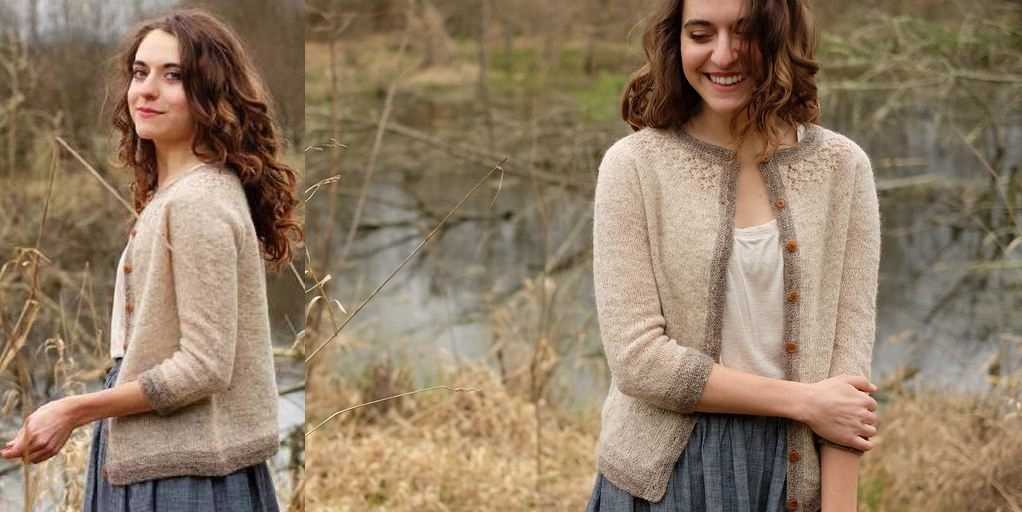
If you prefer a more textured and rustic look for your ballet cardigan, consider using the seed stitch pattern. The seed stitch consists of alternating knit and purl stitches, creating a bumpy texture that adds visual interest to your cardigan. You can use the seed stitch for the entire cardigan or as smaller details, such as on the pockets or button bands.
By incorporating different stitch patterns into your ballet cardigan, you can personalize it to match your style and preference. Whether you choose cable stitches for a classic look or lace stitches for a feminine touch, the possibilities are endless. So grab your knitting needles, explore different stitch patterns, and create a ballet cardigan that is truly your own.
Finishing Touches: Adding Buttons and Trims to Your Ballet Cardigan
Once you have completed knitting your ballet cardigan, you can add some finishing touches to make it truly unique and personalized. One way to do this is by adding buttons and trims to your cardigan. This simple addition can elevate the overall look of the garment and give it a polished and professional finish.
When selecting buttons for your ballet cardigan, consider the color and style that will best complement the yarn you have used. You can choose contrasting buttons to create a statement or opt for buttons that blend in with the overall color scheme. Consider the size and shape of the buttons as well, as this can greatly impact the final look of your cardigan.
Buttons can be sewn onto the front of the cardigan in a traditional manner, or you can get creative and add them in unique ways. For example, you could create a button placket down the center front of the cardigan or even add buttons to the cuffs for added detail.
In addition to buttons, you can also add trims to your ballet cardigan to give it an extra touch of elegance. Consider adding a picot edging along the hem and cuffs for a delicate and feminine touch. You can also use ribbons or lace to create a decorative trim along the edges of the cardigan.
Remember to sew on buttons and add trims securely to ensure they withstand regular wear and tear. Take the time to carefully attach them using a strong thread and reinforce any areas that may be prone to pulling or stretching.
In conclusion, adding buttons and trims to your ballet cardigan is a simple yet effective way to personalize and enhance the overall look of your garment. Choose buttons and trims that complement your cardigan’s color and style, and take the time to securely attach them for longevity. With these finishing touches, your ballet cardigan will become a truly one-of-a-kind piece that you can proudly wear.
Exploring Different Color Options for Your Ballet Cardigan
When knitting a ballet cardigan, one of the most exciting aspects is choosing the color palette for your project. The right colors can enhance the elegance and beauty of the cardigan, making it a true reflection of your personal style. Whether you prefer soft pastels or bold and vibrant shades, there are endless options to explore.
One popular color choice for a ballet cardigan is classic blush pink. This delicate and feminine hue adds a touch of elegance to the garment, giving it a timeless allure. It pairs well with ballet-inspired outfits and adds a romantic feel to any ensemble. If you’re looking for a traditional and graceful look, blush pink is a wonderful choice.
Another option is to experiment with bold and vibrant colors. A vibrant red cardigan can make a statement, drawing attention and adding a pop of color to your outfit. This choice is perfect for those who want to stand out and add a touch of confidence and personality to their look. If you’re feeling adventurous, consider an electric blue or a sunny yellow for a fun and energetic vibe. These colors can truly make your ballet cardigan a showstopper.
If you prefer a more subtle and understated look, neutral shades might be the way to go. A light gray or ivory cardigan can complement any outfit and give it a sophisticated touch. These colors are versatile and can easily blend with other pieces in your wardrobe. They also provide a great canvas for adding embellishments or lace details, allowing you to personalize your cardigan even further.
When choosing the color for your ballet cardigan, it’s important to consider your own preferences and the overall aesthetic you want to achieve. You can also take inspiration from the season or the occasion for which you plan to wear the cardigan. With a wide variety of color options available, you can create a cardigan that reflects your unique style and makes you feel confident and beautiful.
Common Mistakes to Avoid When Knitting Your Ballet Cardigan
Knitting a ballet cardigan can be a fun and rewarding project, but it’s important to avoid common mistakes that can make the final result less than perfect. Whether you’re a beginner or an experienced knitter, here are a few things to keep in mind as you work on your ballet cardigan:
1. Using the wrong yarn weight
One common mistake is using the wrong yarn weight for your ballet cardigan. Make sure to check the recommended yarn weight in the knitting pattern and use a yarn that matches it. Using a heavier or lighter yarn can result in a cardigan that is too big or too small.
2. Not swatching for gauge
Another mistake is not swatching for gauge before starting your project. Gauge refers to the number of stitches and rows per inch in your knitting, and it can vary depending on your knitting tension and the yarn you’re using. Swatching for gauge can help ensure that your cardigan will turn out the correct size. Take the time to knit a swatch and measure it before beginning your project.
3. Skipping or misreading pattern instructions
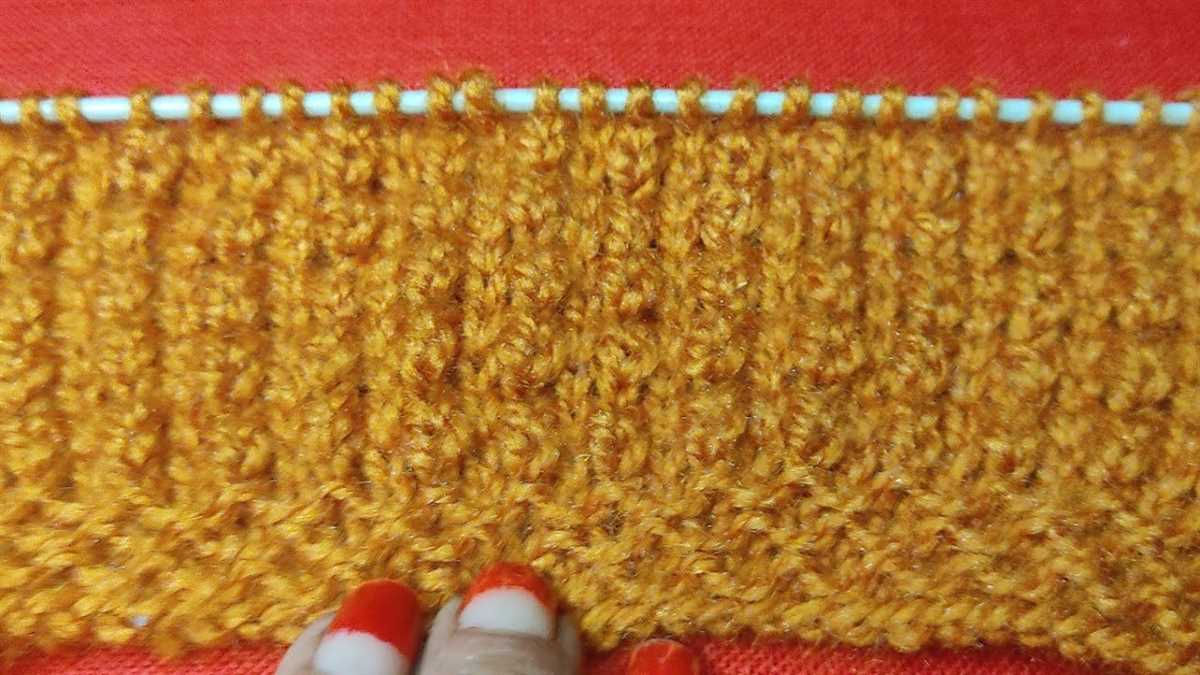
It’s important to carefully read and follow the instructions in your knitting pattern. Skipping or misreading instructions can lead to mistakes in your cardigan, such as missing a crucial stitch or knitting the wrong number of rows. Take your time to read and understand each step before proceeding.
4. Not checking your work as you go
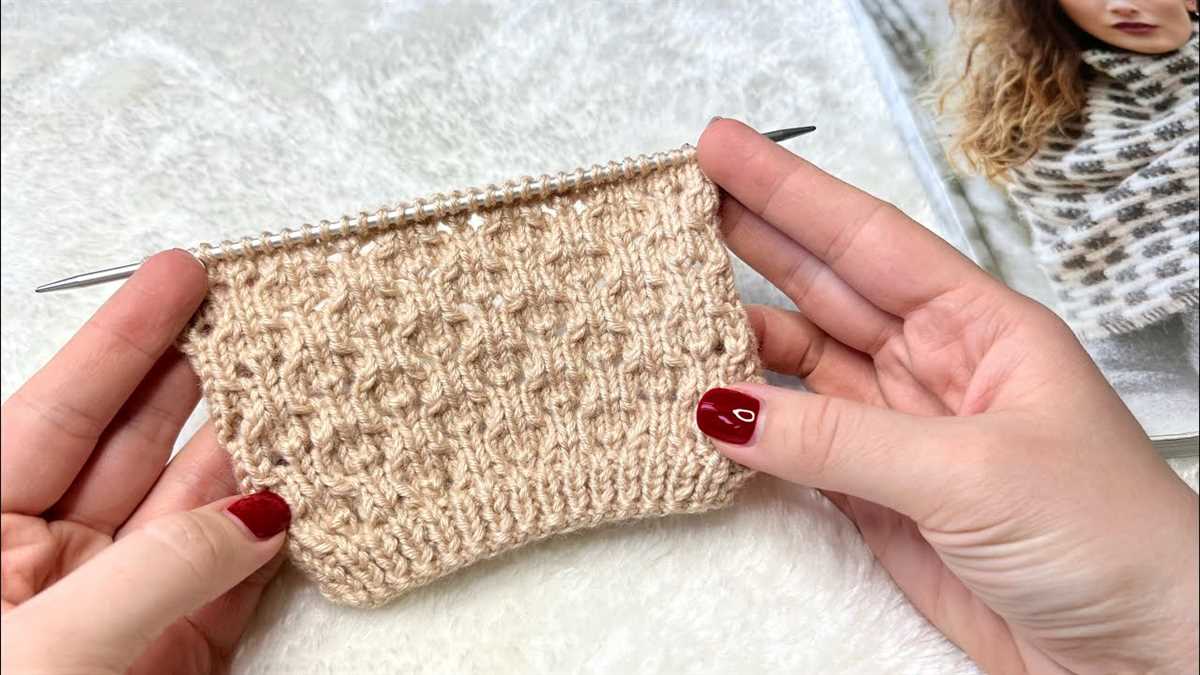
As you knit your ballet cardigan, it’s a good idea to periodically check your work to make sure everything looks as it should. This can help you catch any mistakes early on, rather than discovering them when you’re almost finished. Take a moment every few rows to examine your knitting and make any necessary corrections.
5. Not blocking your finished cardigan
Once you’ve completed your ballet cardigan, don’t forget to block it. Blocking involves wetting your knitting and then reshaping and drying it to give it a professional finish. Blocking can help even out any uneven stitches and give your cardigan a polished look.
Avoiding these common mistakes can help ensure that your ballet cardigan turns out beautifully. With a little attention to detail and careful knitting, you’ll have a cozy and stylish cardigan that you can wear proudly.
Inspiration: Showcasing Beautiful Ballet Cardigans
Inspired by the elegance and grace of ballet, these beautiful ballet cardigans not only provide warmth but also add a touch of sophistication to any outfit. With their delicate details and soft, flowing silhouettes, these cardigans are perfect for dancers and ballet enthusiasts alike.
Whether you’re a beginner knitter or an experienced one, these free knitting patterns offer a variety of styles and designs to suit your tastes and preferences. From classic wrap-style cardigans to cozy button-up designs, there’s something for everyone.
Classic Wrap Cardigans
- Pattern name: Soft Ballet Wrap Cardigan
- Description: This pattern features a timeless wrap style with a deep V-neckline and ribbed detailing. The soft and lightweight yarn used creates a beautiful drape, making it perfect for layering.
Button-up Cardigans
- Pattern name: Ballet Button Cardigan
- Description: This pattern showcases a charming cardigan with delicate lace paneling and a row of buttons down the front. The fitted silhouette and three-quarter sleeves make it a versatile piece for both casual and formal occasions.
Chunky Knit Cardigans
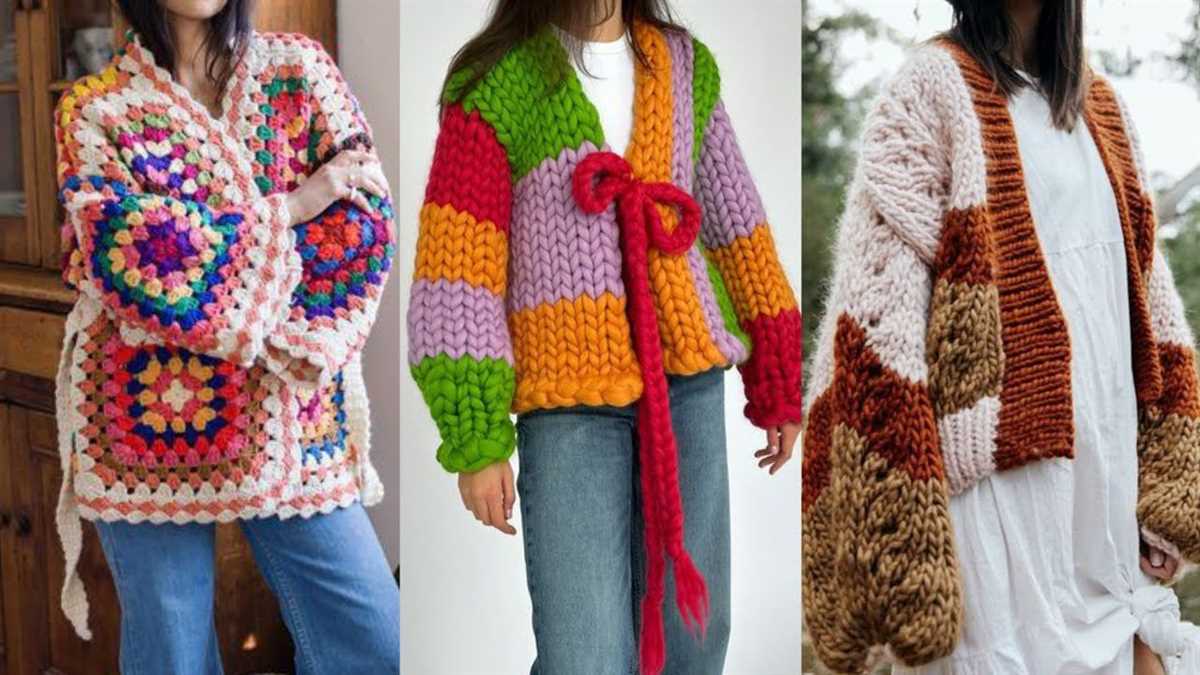
- Pattern name: Cozy Ballet Chunky Cardigan
- Description: This pattern is perfect for colder weather, featuring a chunky knit design with a relaxed fit and oversized sleeves. The added ribbed cuffs and hem provide a cozy and stylish finish.
These beautiful ballet cardigans not only make excellent wardrobe staples but can also be personalized with different yarn colors and stitch patterns. Whether you’re knitting for yourself or as a gift, these free patterns are sure to inspire and delight. So grab your knitting needles and get started on creating your very own ballet-inspired masterpiece!
Q&A:
Where can I find a free ballet cardigan knitting pattern?
You can find free ballet cardigan knitting patterns on various websites, such as Ravelry, Knitting Patterns Galore, and LoveCrafts. These websites have a wide range of free patterns available for download or online viewing.
What materials will I need to knit a ballet cardigan?
To knit a ballet cardigan, you will typically need a set of knitting needles in the appropriate size, yarn in the desired color and weight, stitch markers, scissors, and a tapestry needle for weaving in ends. The specific materials required may vary depending on the pattern you choose.
Are there different styles of ballet cardigans to choose from?
Yes, there are various styles of ballet cardigans to choose from. Some patterns may have a simple, classic design, while others may include lace stitches or unique details. You can choose a style that best suits your personal preference and skill level.
Can I modify the free knitting pattern to fit my size?
Yes, you can modify the free knitting pattern to fit your size. Most patterns include instructions for multiple sizes, but if you need to make further adjustments, you can often do so by adding or subtracting stitches or rows. Additionally, you can work with a larger or smaller needle size to achieve the desired fit.